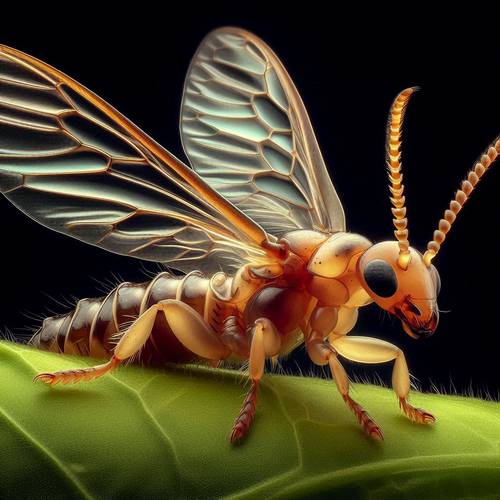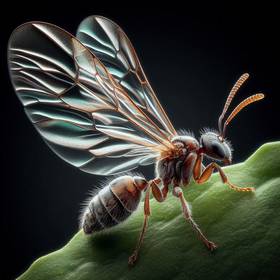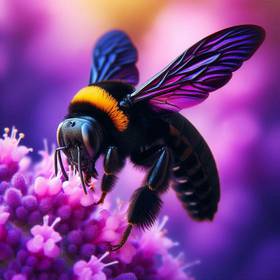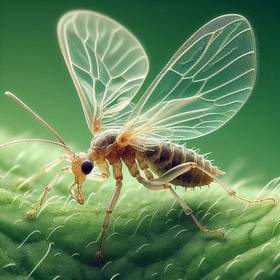Characteristics of Termites
Termites are often mistaken for other flying insects. Understanding the key characteristics of this insect can help in accurate identification. One crucial distinction is their straight antennae compared to the elbowed antennae of flying ants.
Additionally, termites are small, social insects measuring about 1/4 to 1/2 inch in length. They have uniform wings of equal length, while other insects like winged aphids may have uneven wings. Knowing these nuances is vital as termite infestations can cause significant damage. Properly identifying and addressing flying insects that look like termites can save homeowners from costly repairs.
Additionally, termites are small, social insects measuring about 1/4 to 1/2 inch in length. They have uniform wings of equal length, while other insects like winged aphids may have uneven wings. Knowing these nuances is vital as termite infestations can cause significant damage. Properly identifying and addressing flying insects that look like termites can save homeowners from costly repairs.
Winged Termites (Swarmers)
Winged termites, also known as swarmers, are a sign of a mature termite colony. These reproductive termites typically emerge in large numbers, ranging from hundreds to thousands, during warm months. Measuring about 1/4 to 3/8 inch in length, they have two pairs of wings of equal size and straight antennae. Spotting swarmers near your home often indicates a nearby infestation, making prompt inspection and treatment crucial to prevent significant structural damage.





